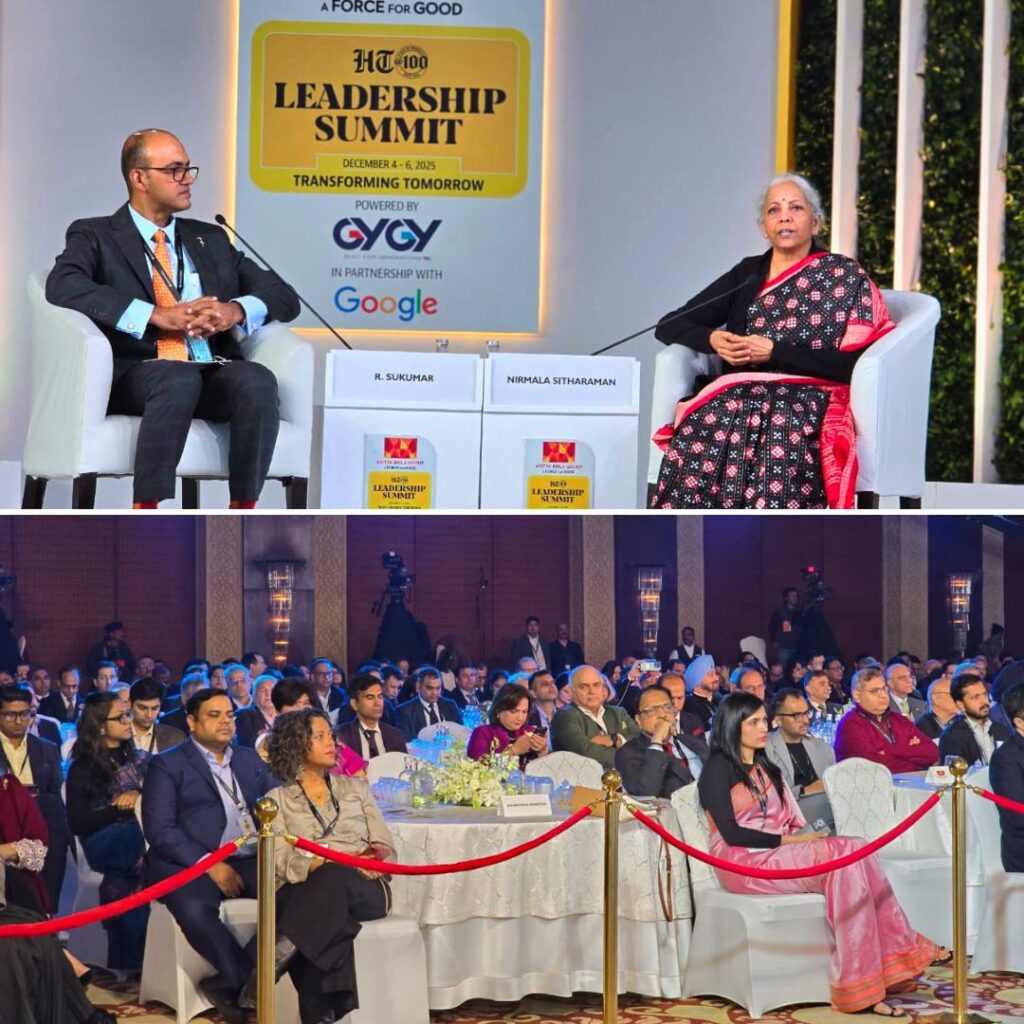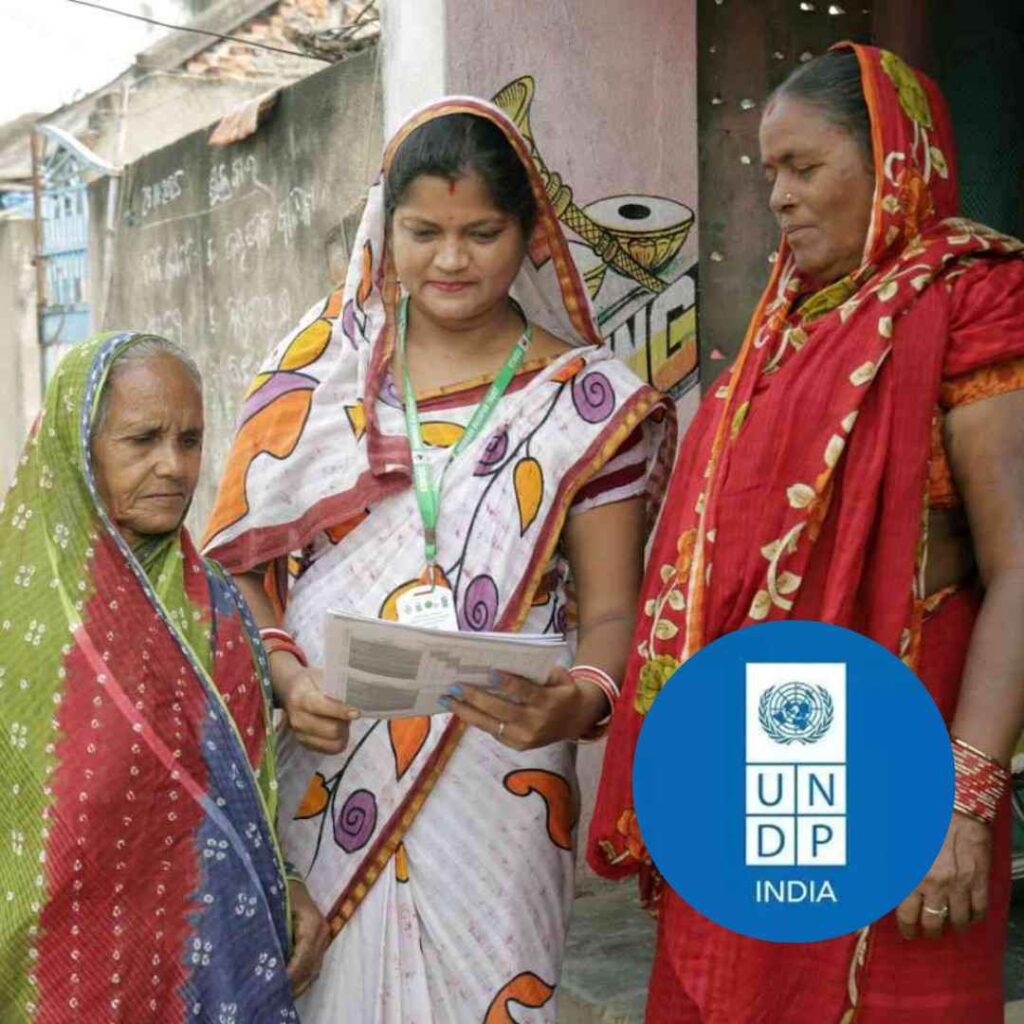From Monday, 25 August 2025, commuting on the Delhi Metro will become more expensive following a fare revision announced by the Delhi Metro Rail Corporation (DMRC).
This is the first fare hike in eight years, with ticket prices increasing between Re 1 and ₹4 across different travel distances, and up to ₹5 on the Airport Express Line.
The minimum fare now stands at ₹11, while the maximum fare has risen to ₹64. The DMRC assures this increase is nominal and necessary for sustaining operational costs, though many daily passengers, including students and working professionals, express concern about the impact on affordability amid rising living expenses. Discounts on smart card usage and off-peak travel remain in place to ease commuter expenses.
Fare Hike: What’s Changing and Why
The DMRC confirmed on social media that effective 25 August 2025, the fare structure has been revised to meet growing operational and maintenance costs, which have steadily increased over the years. The last fare revision happened in 2017 based on recommendations from the Fare Fixation Committee.
Now, fares for short trips (0-2 km) have increased from ₹10 to ₹11, while medium-distance fares such as 5 to 12 km have risen from ₹30 to ₹32. Longer trips over 32 km will now cost ₹64, up ₹4 from before.
The Airport Express Line fares increased by as much as ₹5. DMRC emphasises these changes are minimal and necessary to cover rising electricity charges, upkeep of ageing infrastructure, and ensure passenger safety and service quality.
To support frequent travellers, the DMRC continues to offer a 10% discount on all journeys using the Delhi Metro smart card a prepaid, rechargeable card designed for easy, cashless travel. Additionally, off-peak travellers can benefit from an extra 10% discount, available before 8 AM, between 12 PM to 5 PM, and after 9 PM. This policy aims to manage crowding and reward commuters who avoid rush hours.
Impact on Commuters and Wider Context
Despite reassurances from the DMRC about the nominal nature of the hike, the fare increase has not been universally welcomed.
Many regular travellers including students, daily wage workers, and office employees have voiced concern over the additional monthly expense, particularly as inflation continues to affect household budgets.
For example, Delhi University student Aditi Sharma stated, “The fare rise, though small per trip, adds up significantly for students and daily commuters like us, making public transport less affordable.”
Social media has seen a surge in calls for more transparency and consultation before such hikes, as well as demands for parallel improvements in service quality.
The fare revision comes at a time when the Delhi Metro is handling over 4.5 million daily riders, and is actively expanding its routes to serve a growing urban population.
The corporation faces increasing costs from higher electricity tariffs, infrastructure maintenance, and efforts to upgrade facilities.
Over the years, the Delhi Metro has helped alleviate traffic congestion and pollution, making public transport accessible and efficient for millions a critical service in the megacity landscape.
The Logical Indian’s Perspective
The Delhi Metro symbolizes an important stride towards sustainable urban mobility, serving as a lifeline for millions of Delhi residents. While operational necessities make fare revisions understandable, the concerns of those who rely on affordable public transport must not be sidelined.
It is vital that the DMRC and government authorities work collaboratively to ensure fare hikes are accompanied by corresponding service improvements, subsidies for vulnerable groups, and clearer communication with the public.
Striking a fair balance between financial sustainability and social equity is crucial for maintaining trust and accessibility in public transport. How can Delhi Metro’s stakeholders governments, operators, and users join forces to address these challenges inclusively?












